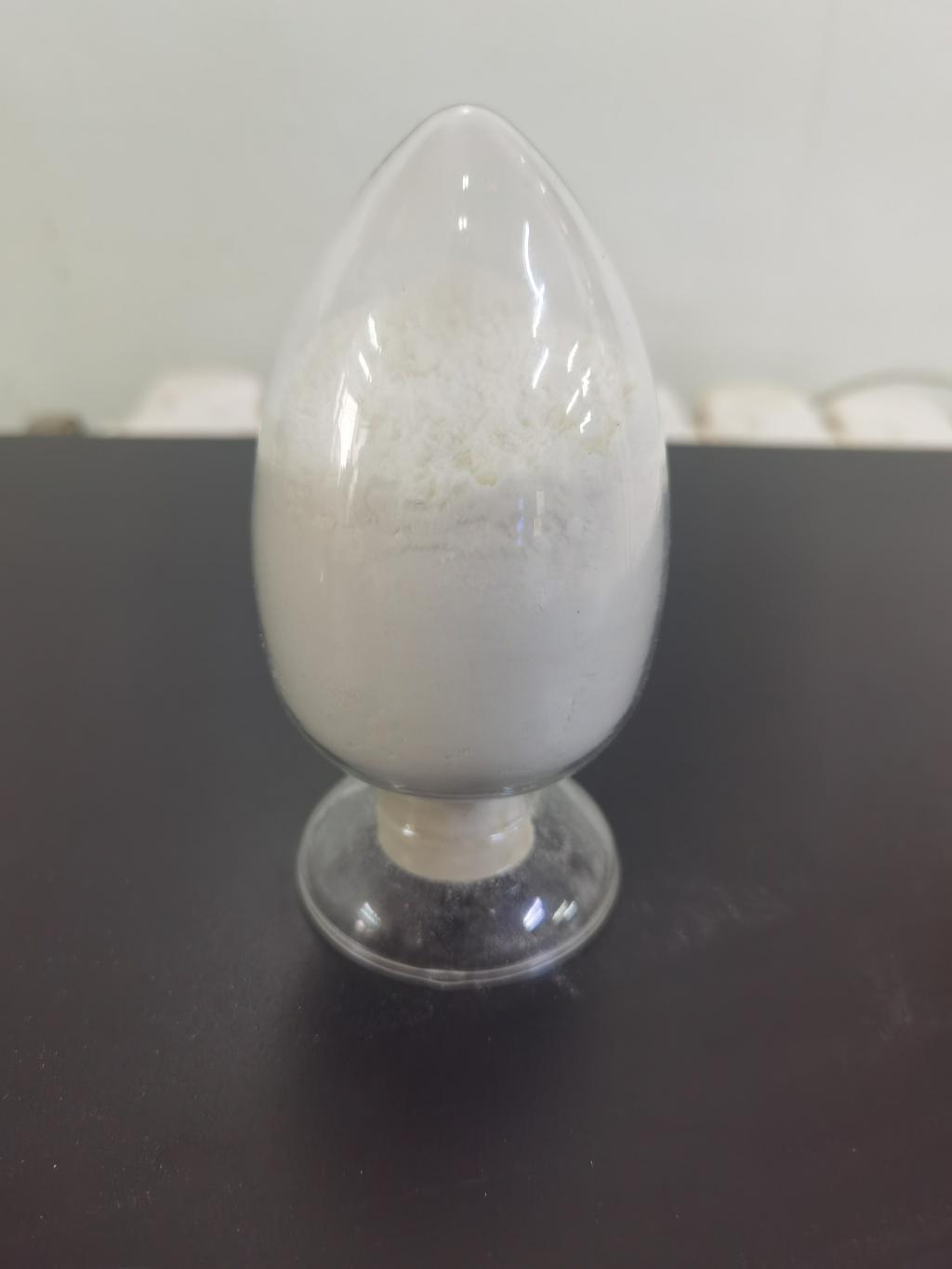Tel:0086 18231198596

News
Current Position:
Home >
News
>Sustainable Aquaculture Practices: ε-Polylysine Hydrochloride in Fish Farming
Sustainable Aquaculture Practices: ε-Polylysine Hydrochloride in Fish Farming
TIME:2024-01-15
Understanding Sustainable Aquaculture:
Sustainable aquaculture involves the responsible cultivation of fish and aquatic organisms to minimize negative environmental impacts, ensure social responsibility, and contribute to the long-term health of ecosystems. As the demand for seafood continues to grow, it is imperative to adopt practices that prioritize environmental sustainability, animal welfare, and the efficient use of resources.
The Role of Antibiotics in Aquaculture:
Historically, antibiotics have been widely used in aquaculture to prevent and control bacterial infections. While effective in disease management, the overuse of antibiotics raises concerns about the development of antibiotic-resistant bacteria, environmental pollution, and potential harm to non-target species. Sustainable aquaculture seeks alternatives to antibiotics that are effective, safe, and environmentally friendly.
Introduction to ε-Polylysine Hydrochloride:
ε-Polylysine hydrochloride, a naturally occurring antimicrobial peptide, has emerged as a promising alternative to traditional antibiotics in aquaculture. Produced through the fermentation of Streptomyces albulus, this cationic polymer exhibits strong antimicrobial activity against a broad spectrum of bacteria, making it an effective tool for disease prevention in fish farming.
Applications of ε-Polylysine Hydrochloride in Fish Farming:
ε-Polylysine hydrochloride has diverse applications in fish farming, contributing to the industry's sustainability goals. Its primary role lies in preventing and controlling bacterial infections, which are common challenges in crowded aquaculture environments. The antimicrobial properties of ε-polylysine hydrochloride make it effective against pathogens without the adverse effects associated with some antibiotics.
a. Disease Prevention: ε-Polylysine hydrochloride is applied in aquaculture to prevent and manage diseases caused by bacteria such as Vibrio spp., Aeromonas spp., and other common pathogens. By reducing the risk of infections, fish farmers can enhance the health and well-being of their stocks.
b. Water Quality Management: The use of ε-polylysine hydrochloride contributes to maintaining optimal water quality in aquaculture systems. By controlling bacterial populations, it helps prevent waterborne diseases and maintains a healthy environment for fish growth.
c. Larval Rearing: ε-Polylysine hydrochloride is utilized in the larval rearing phase, where fish are particularly susceptible to bacterial infections. Its application ensures a healthier start for young fish, improving survival rates and overall productivity.
Environmental Benefits of ε-Polylysine Hydrochloride:
One of the key advantages of ε-polylysine hydrochloride is its environmentally friendly profile. Unlike some antibiotics that may persist in the environment and contribute to antibiotic resistance, ε-polylysine hydrochloride is biodegradable and poses minimal risk to ecosystems. Its use aligns with the principles of sustainable aquaculture, promoting responsible practices that minimize environmental impact.
Reduction of Antibiotic Resistance Risks:
The overuse of antibiotics in aquaculture has raised concerns about the development of antibiotic-resistant bacteria, posing risks to both aquatic and human health. ε-Polylysine hydrochloride offers a solution by providing an effective alternative with a lower risk of contributing to antibiotic resistance. Its mechanism of action, which involves disrupting bacterial cell membranes, makes it less prone to resistance development.
Consumer Safety and Product Quality:
As consumer awareness about the impact of food production practices grows, the safety and quality of seafood products are paramount. The use of ε-polylysine hydrochloride in fish farming contributes to producing safer and higher-quality seafood. Consumers are increasingly seeking products that are free from antibiotic residues, and the adoption of sustainable aquaculture practices addresses these preferences.
Challenges and Considerations:
While ε-polylysine hydrochloride offers promising benefits, challenges and considerations exist in its implementation. Factors such as dosage optimization, compatibility with different aquaculture systems, and cost-effectiveness need to be carefully addressed. Ongoing research and collaboration between researchers, industry stakeholders, and regulatory bodies are essential to overcome these challenges and maximize the efficacy of ε-polylysine hydrochloride in fish farming.
Regulatory Landscape and Global Adoption:
The regulatory approval and acceptance of ε-polylysine hydrochloride vary across regions. Understanding and navigating the regulatory landscape is crucial for the global adoption of this antimicrobial peptide in aquaculture. Collaboration between researchers, fish farmers, and regulatory authorities is necessary to establish clear guidelines and promote the responsible use of ε-polylysine hydrochloride in different countries.
Future Prospects and Research Directions:
The future prospects of ε-polylysine hydrochloride in sustainable aquaculture look promising. Ongoing research is focused on optimizing its applications, exploring synergistic combinations with other sustainable practices, and addressing any potential concerns related to its use. As the aquaculture industry continues to evolve, ε-polylysine hydrochloride is expected to play a vital role in promoting environmentally responsible and socially conscious fish farming practices.
Conclusion:
ε-Polylysine hydrochloride represents a significant innovation in sustainable aquaculture practices, offering an effective and environmentally friendly alternative to traditional antibiotics. Its applications in disease prevention, water quality management, and larval rearing contribute to the overall health and productivity of fish farms. As the industry embraces the principles of sustainability, ε-polylysine hydrochloride stands out as a valuable tool in promoting responsible and ethical fish farming practices for the benefit of ecosystems, consumers, and the future of global aquaculture.

 CONTACT
CONTACT




